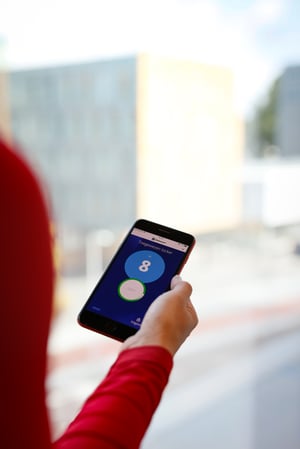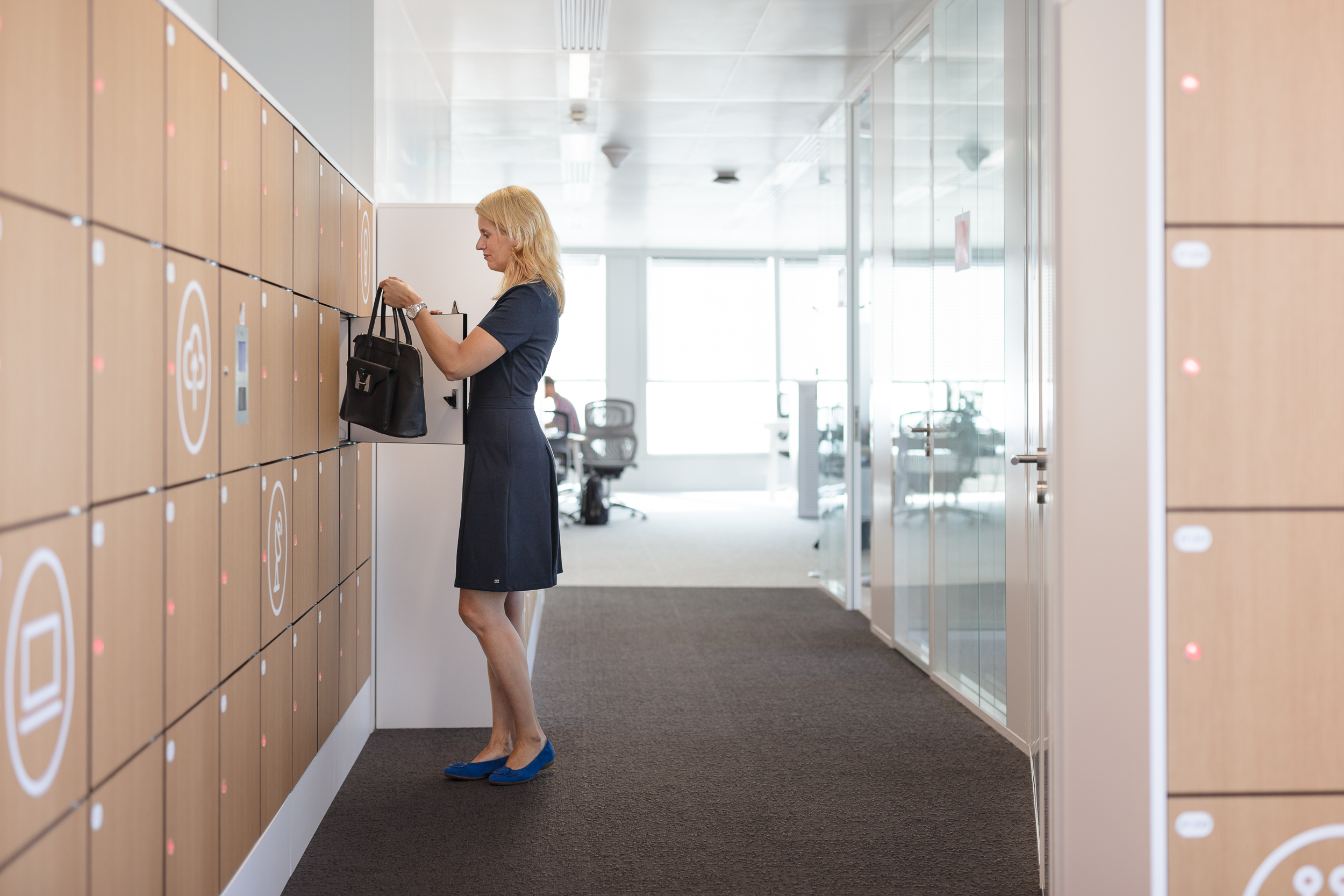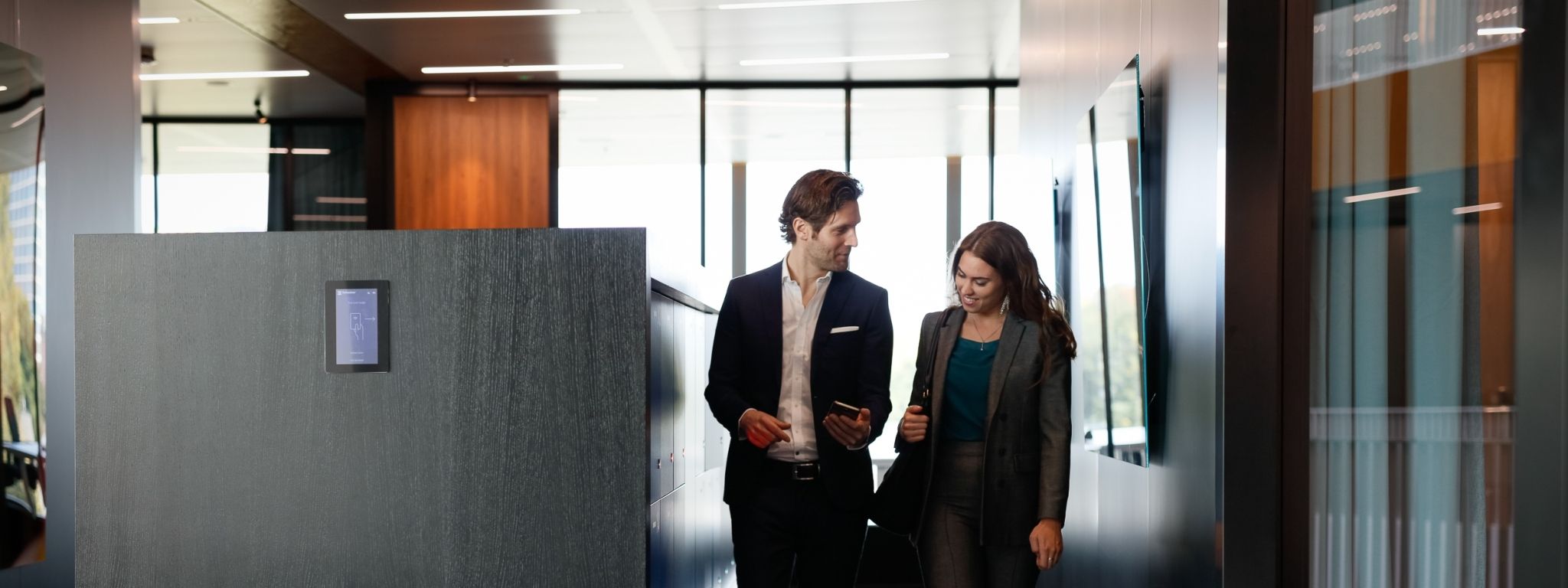When your organization has made the choice to implement activity-related or flexible working, you enter a change process. Implementing a new work style is challenging and one of the difficult factors in this process is the behaviour change of the staff. Creating a workplace strategy that works for everyone is enhanced by the correct use of rules and policies in designated work areas.
Chafia and Rolfob (2019) have investigated which rules there are in a flexible working environment, whether they are observed and what effect this has on working conditions. In this blog we give you insights into their results and show you how Vecos can help you to encourage positive behaviour with a dynamic locker system.
What rules do you set in a flexible working environment?
After more than 100 interviews, it emerged that roughly five types of rules apply in the interviewed organizations. The identified rules were:
(1) to remove belongings
(2) temporal restrictions on using the same workstations
(3) temporal restrictions on using scarce zones
(4) restrictions on verbal interactions, and
(5) restrictions on phone conversations.
The more involved the employees were in the change process, the more explicit and clear the established rules were. Setting rules doesn’t automatically mean them being followed. A better compliance with rules occurred when (i) the employees were well-prepared and had a unified understanding regarding how and why to follow the rules, (ii) the rules were explicitly communicated and were regarded as easy to follow, and (iii) following the rules facilitated work and improved work conditions.
The effect of rules on the flexible working environment
The research by Chafia and Rolfob (2019) showed that rules are crucial in activity-related and flexible offices to be able to offer a diversity of workplaces, to guarantee positive working conditions and to make the flexible office concepts work. Having explicit and unambiguous rules contributes to achieving the intended benefits of flexible offices, such as increasing efficiency and employee satisfaction.
When this was not the case and rules were implicit and ambiguous, this led to uncertainties, conflicting interpretations and ignoring rules, and a need for clearly defined rules was expressed.
How does Vecos support you in encouraging behavioral change?
If you want to move from an office with fixed workplaces to a more flexible or even activity-related workplace, that means more physical movements through the office. Sharing desks also means that employees must be able to easily store their personal items. And when employees work in various places in the building, it is important that they have storage space close to their temporary workplace. A dynamic locker system such as that of Vecos can help you assign employees fixed, shared and flexible lockers. The idea behind a dynamic system is that locker management can be adjusted to the specific situation, wishes and requirements in your company.

Releezme: an easy reminder
Your facility team will regularly have to deal with it: lockers that are not used at all or lockers that are used as an archive. In both cases we talk about undesirable use, since these lockers can be used more efficiently. The Releezme locker management software from Vecos can help building managers, for example, by sending smart push messages to monitor the locker use.
For example, if you see that lockers have been assigned, but still have not been opened after a week, you can send these employees an automatic push notification that the locker will be released soon since it is no longer being used. This way you can also limit claim behaviour in a simple way. You decide which rules there are and by communicating them to the users in a friendly manner you encourage positive behavioural change in the workplace
Do you want to learn more about how the locker management software Releezme by Vecos can help your facility team in driving desired behaviour among employees?




